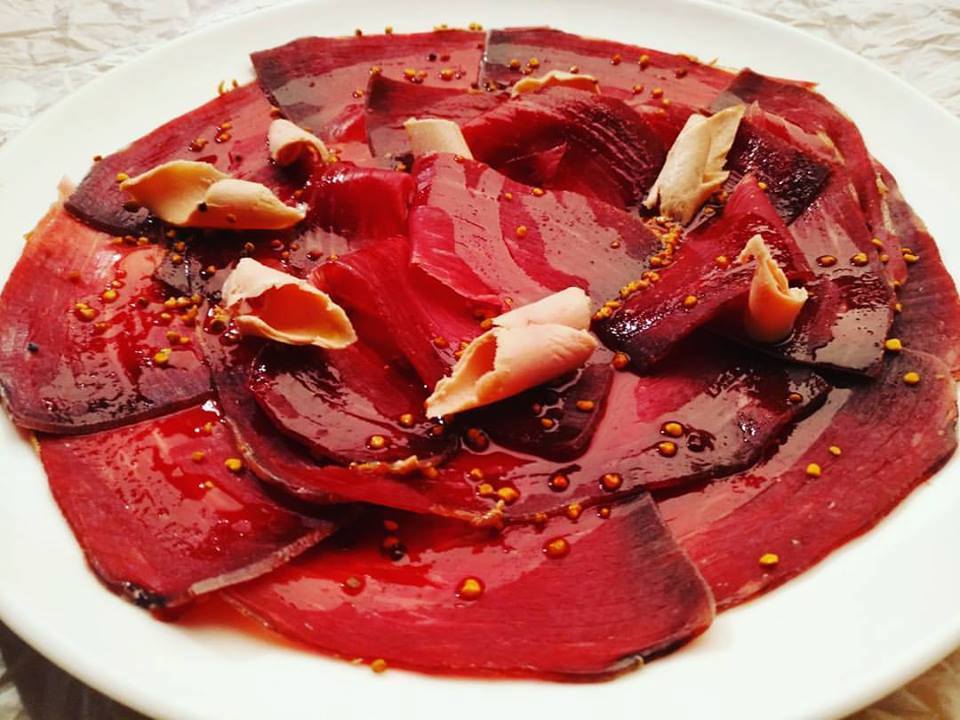Cecina de León, a cured beef product bearing the prestigious Protected Geographical Indication (PGI) designation, is one of Spain’s lesser-known culinary gems. Hailing from the province of León in the northwest of the country, this delicacy has been crafted for centuries, yet it remains overshadowed by more famous Spanish exports like jamón ibérico or chorizo. Its production, centred primarily in the historic town of Astorga, has traditionally been an artisanal process, limited largely to the local region until recent years. Today, however, its distinctive flavour and exceptional quality are earning it a growing reputation on the international stage.
The production of Cecina de León begins with carefully selected cuts from the hindquarters of mature cattle—namely the topside, silverside, thick flank, and rump. These prime cuts undergo a meticulous process of salting, washing, settling, smoking with oak or holm oak wood, and a curing period of at least seven months, with premium “Reserva” varieties aged for a minimum of twelve months. Astorga, a town steeped in history and tradition, serves as the heart of this craft, where producers like Cecinas Nieto have honed their techniques over generations. The result is a product with a deep cherry-to-maroon hue, a subtle marbling of fat, and a rich, smoky aroma that sets it apart from other cured meats.
Nutritionally, Cecina de León offers impressive benefits that make it a standout choice for health-conscious food lovers. With approximately 250 calories per 100 grams, it is relatively low in fat compared to many cured meats, while boasting a high protein content—around 37 grams per 100 grams—making it an excellent ally for muscle regeneration and overall vitality. It is also a valuable source of iron, zinc, and vitamin B12, nutrients that support immune function and energy levels. Gastronomically, its slightly salty, smoky flavour and tender yet fibrous texture elevate it to a delicacy that delights the palate, whether enjoyed on its own or as part of a sophisticated dish.
In the kitchen, Cecina de León is remarkably versatile, lending itself to both simple and gourmet preparations. Thinly sliced, it shines as a standalone appetiser, perhaps drizzled with a touch of extra virgin olive oil and a sprinkle of sea salt to enhance its natural juiciness. It pairs beautifully with fresh figs, asparagus, or even melon, offering a balance of savoury and sweet notes. For a more elaborate touch, it can be incorporated into carpaccio, sprinkled over salads, or used as a topping for toast and pizzas. In Astorga and beyond, it is celebrated as a key component of the Mediterranean diet, bringing both flavour and nutrition to the table.
What further distinguishes this gourmet product is its adaptability to diverse markets. In addition to its traditional form, Cecina de León is now produced in a halal-certified version, pioneered by Astorga-based companies like Cecinas Nieto. This innovation has opened doors to Muslim-majority countries, where its appeal as a premium, pork-free alternative to ham has driven remarkable demand—evidenced by an 800% surge in sales during the 2022 Qatar World Cup. This halal variant retains the same artisanal quality and flavour, broadening the reach of this León specialty without compromising its heritage.
Historically, Cecina de León’s production was a small-scale affair, confined mostly to the province of León and crafted by hand in natural drying sheds, taking advantage of the region’s dry, cold winters and high altitude. Unlike the industrial scale of jamón or chorizo production, this artisanal approach preserved its authenticity but limited its fame. Only in the last few decades, with growing global interest in gourmet foods, has it begun to step into the spotlight. Today, its success in cities like Dubai, London, and beyond reflects the universal appeal of its unique taste—a testament to the skill of Astorga’s producers and the timeless allure of this Spanish treasure.
Cecina de León (PGI) is more than just a cured meat; it is a celebration of tradition, quality, and flavour. While it may not yet enjoy the household recognition of its Spanish counterparts, its rise as a gourmet delicacy signals a bright future. Whether savoured in a rustic tapas bar in Astorga or a fine dining restaurant halfway across the world, it offers a taste of León’s culinary soul—one that is as nutritious as it is unforgettable.
